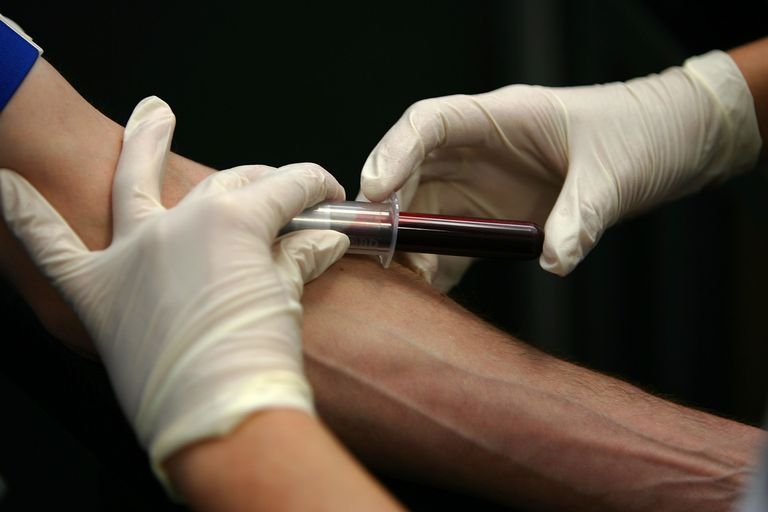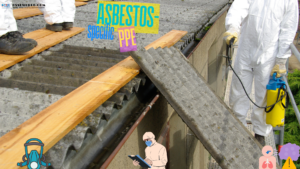Hepatitis (B & C) Risks
2 min readHepatitis B and C are bloodborne diseases that affect the liver. They can be transmitted from a single exposure to infected body fluids or an injury from a sharp, like a needle or scalpel.


Workers at high risk include:
- Hospital workers
- First responders
- Medical laboratory technicians
- Occupational first aid attendants
A worker who has had a high-risk exposure — such as a needle-stick injury or infected blood splashed in the eyes, nose, or mouth — needs to be assessed in an emergency department within two hours of exposure.
How to reduce the risks
If a worker or workers could be exposed to Hepatitis, the employer must develop and implement an exposure control plan (ECP). This plan must identify the workers at risk of exposure and the controls required to protect those workers. These will be unique to each worksite and work environment. When choosing risk controls, start by asking yourself the questions in the following steps, listed in order of effectiveness. See our resources for more information.
-
Engineering controls
This is the most effective type of control. Engineering controls involve making physical modifications to control the hazard or reduce exposure. Some questions to consider:
- Are safety engineered needles being used to prevent needle sticks?
- Are proper sharps disposal kits available?
-
Administrative controls
This type of control involves changing work practices and policies. A question to consider:
- Are there safe work procedures for picking up and disposing of sharps?
-
Personal protective equipment (PPE)
This is the least effective type of control. When used, there must always be at least one other control in place as well. A question to consider:
- Are workers using gloves?
Support Videos
1- Preventing Needle sticks: Activate and Dispose
This video depicts the emotional impact of needlestick injuries to health care workers and their families.
2-Stuck by a Needle
Needlestick injuries are the number one cause of high risk exposures to blood and body fluids for health care workers. See what to do if you are stuck by a needle.



